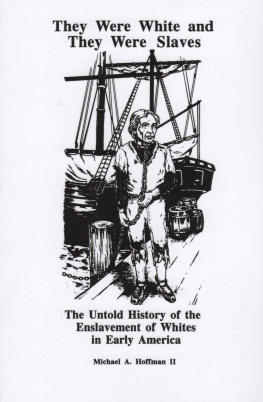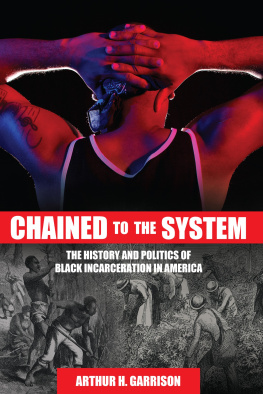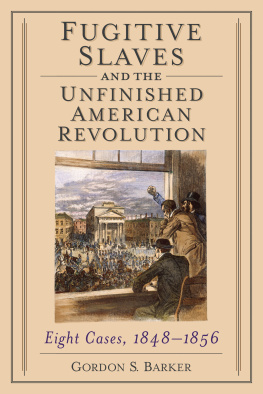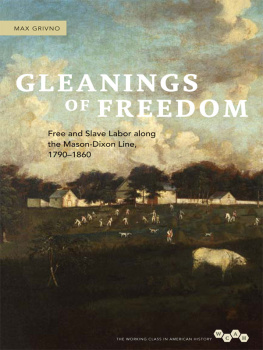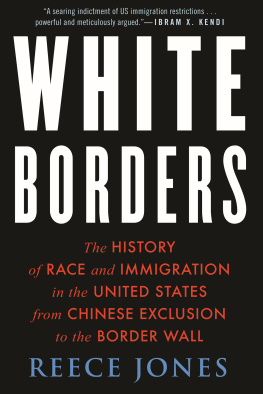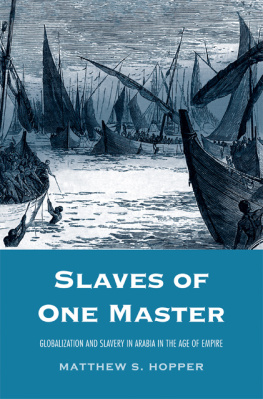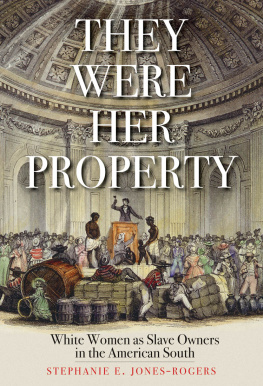They Were White and They Were Slaves
The Untold History of the Enslavement of Whites in Early America
By Michael A. Hoffman II
With Illustrations, Glossary, Notes and Bibliography
The Independent History & Research Company
Coeur dAlene, Idaho
They Were White and They Were Slaves: The Untold History of the Enslavement of Whites in Early America
Copyright 1991, 1992 by Michael A. Hoffman II
All Rights Reserved
ISBN: 978-0-929903-05-6
Cover illustration by Nick Bougas
Fourth edition, eleventh printing

The Independent History and Research Co.
Post Office Box 849
Coeur dAlene, Idaho 83816
Send $3.00 for our complete catalog of radical and revisionist history books, tapes and newsleters Bookstore online at: http://www.hoffman-info.com/bookstore.html
Printed in the United States of America
Now step I forth to whip hypocrisy.
Loves Labours Lost
Contents
Introduction
"They were of two sorts, first such as were brought over by masters of ships to be sold as servants. Such as we call them my dear,' says she, 'but they are more properly called slaves."
--Daniel Defoe, Moll Flanders
This is a history of White people that has never been told in any coherent form, largely because most modern historians have, for reasons of politics or psychology, refused to recognize White slaves in early America as just that.
Today, not a tear is shed for the sufferings of millions of our own enslaved forefathers. 200 years of White slavery in America have been almost completely obliterated from the collective memory of the American people.
"Who wants to be reminded that half--perhaps as many as two-thirds--of the original American colonists came here, not of their own free will, but kidnapped, shanghaied, impressed, duped, beguiled, and yes, in chains?we tend to gloss over itwe'd prefer to forget the whole sorry chapter"(Elaine Kendall, Los Angeles Times, Sept. 1, 1985).
A correct understanding of the authentic history of the enslavement of Whites in America could have profound consequences for the future of the races: "We cannot be sure that the position of the earliest Africans differed markedly from that of the white indentured servants. The debate has considerable significance for the interpretation of race relations in American history" (Eugene D. Genovese, Roll, Jordan Roll: The World the Slaves Made, p. 31).
Most of the books on White labor in early America are titled with words like "White indentured servitude," White "bondservants," White "servants" etc. It is interesting that White people who were bound to a condition of what became in many cases permanent chattel slavery unto death, are not referred to as slaves by Establishment academics.
With the massive concentration of educational and media resources on the negro experience of slavery the unspoken assumption has been that only Blacks have been enslaved to any degree or magnitude worthy of study or memorial. The historical record reveals that this is not the case, however. White people have been sold as slaves for centuries.
White Slavery in Ancient & Medieval Europe
Among the ancient Greeks, despite their tradition of democracy, the enslavement of fellow Whites--even fellow Greeks--was the order of the day. Aristotle considered White slaves as things. The Romans also had no compunctions against enslaving Whites who they too termed "a thing" (res). In his agricultural writings, the first century B.C. Roman philosopher Varro labeled White slaves as nothing more than "tools that happened to have voices" (instrumenti vocale). Cato the Elder, discoursing on plantation management, proposed that White slaves when old or ill should be discarded along with worn-out farm implements.
Julius Caesar enslaved as many as one million Whites from Gaul, some of whom were sold to the slave dealers who followed his victorious legions (William D. Phillips, Jr., Slavery from Roman Times to the Early Transatlantic Trade, p. 18).
In A.D. 319 the "Christian" emperor of Rome, Constantine, ruled that if an owner whipped his White slave to death "he should not stand in any criminal accusation if the slave dies; and all statutes of limitations and legal interpretations are hereby set aside."
The Romans enslaved thousands of the early White inhabitants of Great Britain who were known as "Angles," from which we derive the term "Anglo-Saxon" as a description of the English race. In the sixth century Pope Gregory the First witnessed blond-haired, blue-eyed English boys awaiting sale in a slave market in Rome. Inquiring of their origin, the Pope was told they were Angles. Gregory replied, "Non Angli, sed Angeli" ("Not Angles, but Angels").
When the Franks conquered the Visigoths in southern Gaul huge numbers of Whites entered the slave markets. "After Charlemagne's conquest of Saxony, during which many pagan Saxons were enslaved, he set up a network of parish churches. To provide for the maintenance of the priest and the church, those living in the parish were to donate a house and land as well as a male and female (Saxon) slave to the church for every 120 people in the parish" (William Phillips, p. 52).
Arabs and the Traffic in White Slaves
The trade in White slaves was one of the few sources of foreign exchange for western European powers in a period when the East produced the goods that Europeans could not procure elsewhere. The sale of White slaves to Asia and Africa was one of the few sources of gold for European treasuries.
From the eighth to the eleventh century France was a major transfer point for White slaves to the Muslim world, with Rouen being the center for the selling of Irish and Flemish slaves.
"At the same time that France was a transfer point for slaves to the Muslim world, Italy was occupying much the same positionVenetians (were)selling slaves and timber across the Mediterranean. The slaves were usually Slavs brought across the AlpsThe Venetians were the earliest successful Italian sea traders and because profits on (slave) trade with the Muslims were lucrative, they resisted efforts to stop them. In return for their exports of timber, iron and (White) slaves, they brought in oriental luxury products, mainly fine cloths" (William Phillips, pp. 62-63).
The stereotype from Establishment consensus history is of the Muslim slaver herding chained Blacks through the desert. In fact, for seven hundred years, until the fall of Muslim Spain, those being herded were first and foremost overwhelmingly White:
"Before the tenth century the Muslims generally bought Christian Europeans as slavesBy the tenth century, Slavs became the most numerous imported groupduring the late Middle Ages, until the fall of Granada in the late fifteenth century, most slaves of theMuslims were Christians from the northern kingdoms" (William Phillips, p. 69).
"In the vast lands of the eastern European steppes from the eighth to the twelfth century, there was a well-developed slaving networkSlavs and Finns, called saqaliba (slaves) indiscriminately by the Muslims, entered the Muslim world by these Caspian and Black sea routes." (William Phillips, pp. 63-64).
The fate of the hundreds of thousands of White slaves sold to the Arabs was described in one Spanish text as "atrocissima et ferocissima" (most atrocious and harsh). The men were worked to death as galley slaves. The women, girls and boys were used as prostitutes.
White males had their genitals mutilated in castration attempts--bloody procedures of incredible brutality which most of the White men who were forced to submit did not survive, judging from the high prices White eunuchs commanded throughout the Middle Eastern slave markets.
Next page
